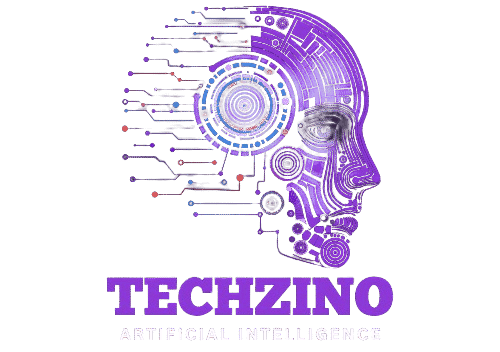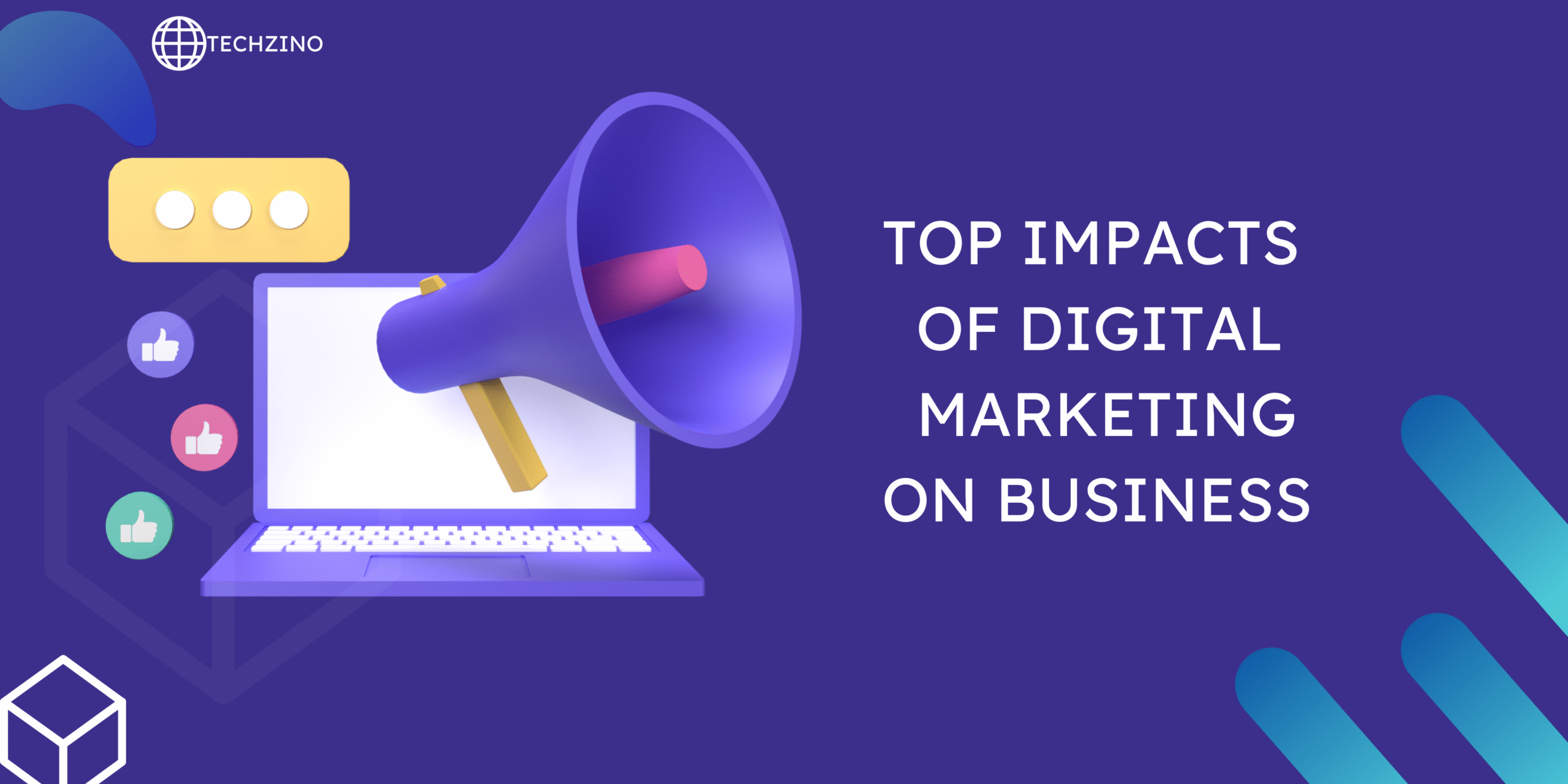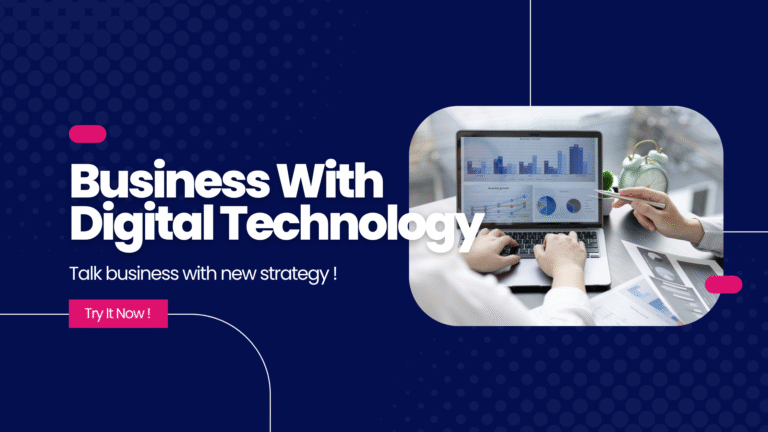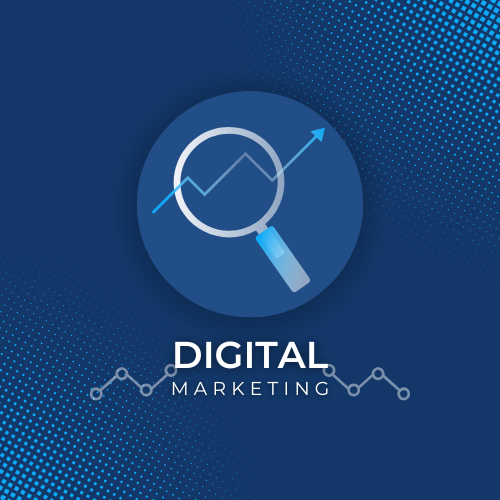🌐 Digital Marketing Model Based on 5 Natural Elements
the five classical elements (Fire, Wind, Sky, Earth, Water) to the digital marketing model—which is a powerful symbolic framework. Here’s a beautifully structured concept you can use in your digital marketing of your business and grow fast .
Table of Contents
🔄 Integrated Model Summary
| Element | Symbol | Represents in Digital Marketing |
|---|---|---|
| 🔥 Fire | Passion | Purpose, mission, brand energy |
| 🌬️ Wind | Speed | Agility, trend adoption, innovation |
| ☁️ Sky | Vision | Strategy, scaling, creativity |
| 🌍 Earth | Stability | SEO, UX, reliability, trust |
| 🌊 Water | Fluidity | Content diversity, emotional connection, personalization |
🔥 1. Fire = Passion (Purpose & Energy)
Meaning: Fire represents the passion and drive behind your brand or campaign.
In Digital Marketing:
- Your brand story
- Mission & vision
- Emotional content that inspires action
Example: Powerful ad campaigns (like Nike’s “Just Do It”), bold creative direction, and passionate storytelling.
🌬️ 2. Wind = Speed (Agility & Innovation)
Meaning: Wind symbolizes movement, adaptability, and speed.
In Digital Marketing:
- Quick response to trends (reels, memes, viral content)
- Agile marketing strategies (A/B testing, short sprints)
- Fast-loading websites & mobile optimization
Example: Trending campaigns, real-time responses on social media (like Zomato, Netflix India).
☁️ 3. Sky = Vision (Big Picture & Strategy)
Meaning: Sky represents limitless vision, strategy, and creative freedom.
In Digital Marketing:
Long-term goals and clear vision for brand positioning
Visionary leadership and forward-thinking content
Scalable marketing funnels
Example: Tesla’s digital presence — innovative, future-focused, with a clear vision of changing the world.
🌍 4. Earth = Stability (Foundation & Trust)
Meaning: Earth gives stability, roots, and trust—core to sustainable success.
In Digital Marketing:
- Website SEO and content foundation
- Brand trust, credibility, reviews, and testimonials
- Data security & consistent user experience
Example: Brands like Google or Apple — reliable platforms with solid digital foundations.
🌊 5. Water = Fluidity (Flexibility & Creativity)
Meaning: Water adapts to any shape—symbolizing creative flow, flexibility, and emotional connection.
In Digital Marketing:
- Adaptive content (blogs, videos, shorts, podcasts)
- Personalized marketing journeys
- Storytelling that connects with diverse audiences
Example: Netflix’s recommendation engine, Spotify’s personalized playlists, or Coca-Cola’s local content.
It sounds like you’re asking about the “5 elements” of a digital marketing model—a framework or strategy made up of five foundational components.
Several respected approaches emphasize five key elements, each tailored to different business needs:
🔍 1. Target Audience / Personas
Dig in deep to identify who you’re marketing to—demographics, interests, pain points, and online behavior.
Develop buyer personas and segment your audience for more effective personalization.
2. Clear Goals & Measurement (Analytics)
Start with SMART goals: Specific, Measurable, Attainable, Relevant, Time-bound—such as “increase monthly leads by 40% in 6 months.”
Use KPIs and analytics tools (Google Analytics, dashboards) to track and optimize performance.
3. Content & Messaging
Create valuable content such as blog posts, videos, infographics, emails, or webinars that align with audience needs.
Ensure messaging reflects brand voice and tells a compelling story.
4. Channels & Tactics
Plan a multi-channel strategy: SEO, paid search and display ads, social media, email, and more.
Tailor tactics to each channel—e.g. blogs and SEO for organic reach, PPC for quick traffic, social media for engagement.
5. Data‑Driven Optimization & Control
Continuously monitor performance, run experiments (A/B testing), and iterate based on data.
Optimize campaigns for conversion rate, ROI, and user experience.
🧩 Alternative “5‑Elements” Model: McKinsey
McKinsey offers a broader take with these five elements: Science, Substance, Story, Speed, and Simplicity:
Simplicity: Flatten decision processes and simplify messaging & execution
Science: Leverage analytics to understand consumer behaviors and journeys
Substance: Enhance customer experiences and involve users (e.g. co-creation)
Story: Craft compelling narratives that consumers can reshape
Speed: Be responsive and agile in marketing and product adjustment
📊 Framework Comparison
Framework | Element 1 | Element 2 | Element 3 | Element 4 | Element 5 |
|---|---|---|---|---|---|
| SMART‑Goals Model | Audience | Goals & KPIs | Content & Story | Channels & Tactics | Analytics & Optimization |
| McKinsey Model | Science | Substance | Story | Speed | Simplicity |
✅ When to Use Which
Want to embed brand values and organizational agility? Consider the McKinsey Model, especially if you’re scaling or innovating fast.
Want a practical, tactical strategy? Use the SMART‑Goals Model: it’s actionable and widely used by marketers.
🚀 Next Steps
Clarify your goal: brand awareness, lead generation, sales?
Define your key audience segments and personas.
Build your content strategy and pick appropriate channels.
Set up analytics tracking and plan for ongoing measurement and improvement.
If you’d like help adapting these 5 elements to your specific business or campaign—such as drafting personas, choosing channels, or designing KPIs—just let me know!



